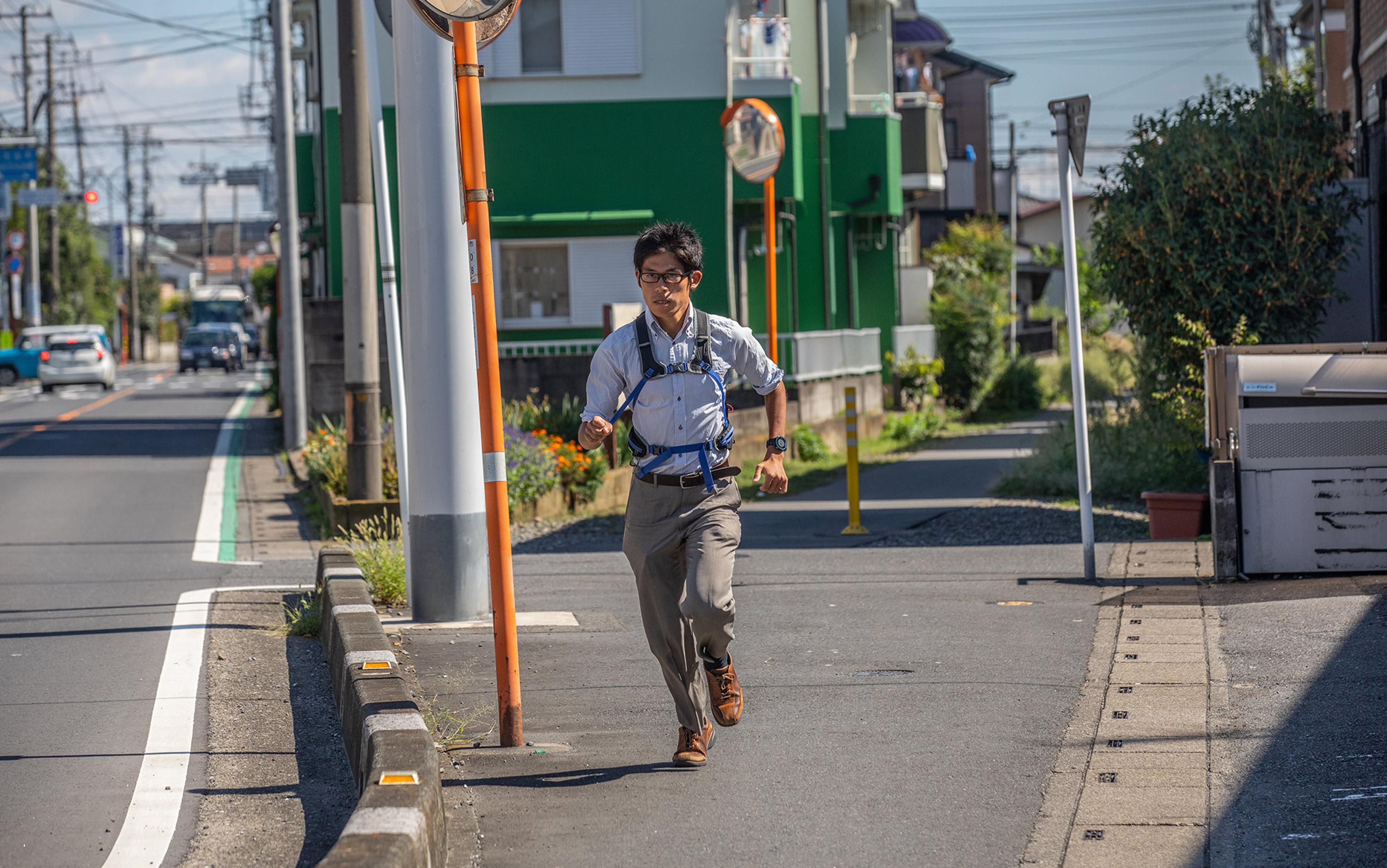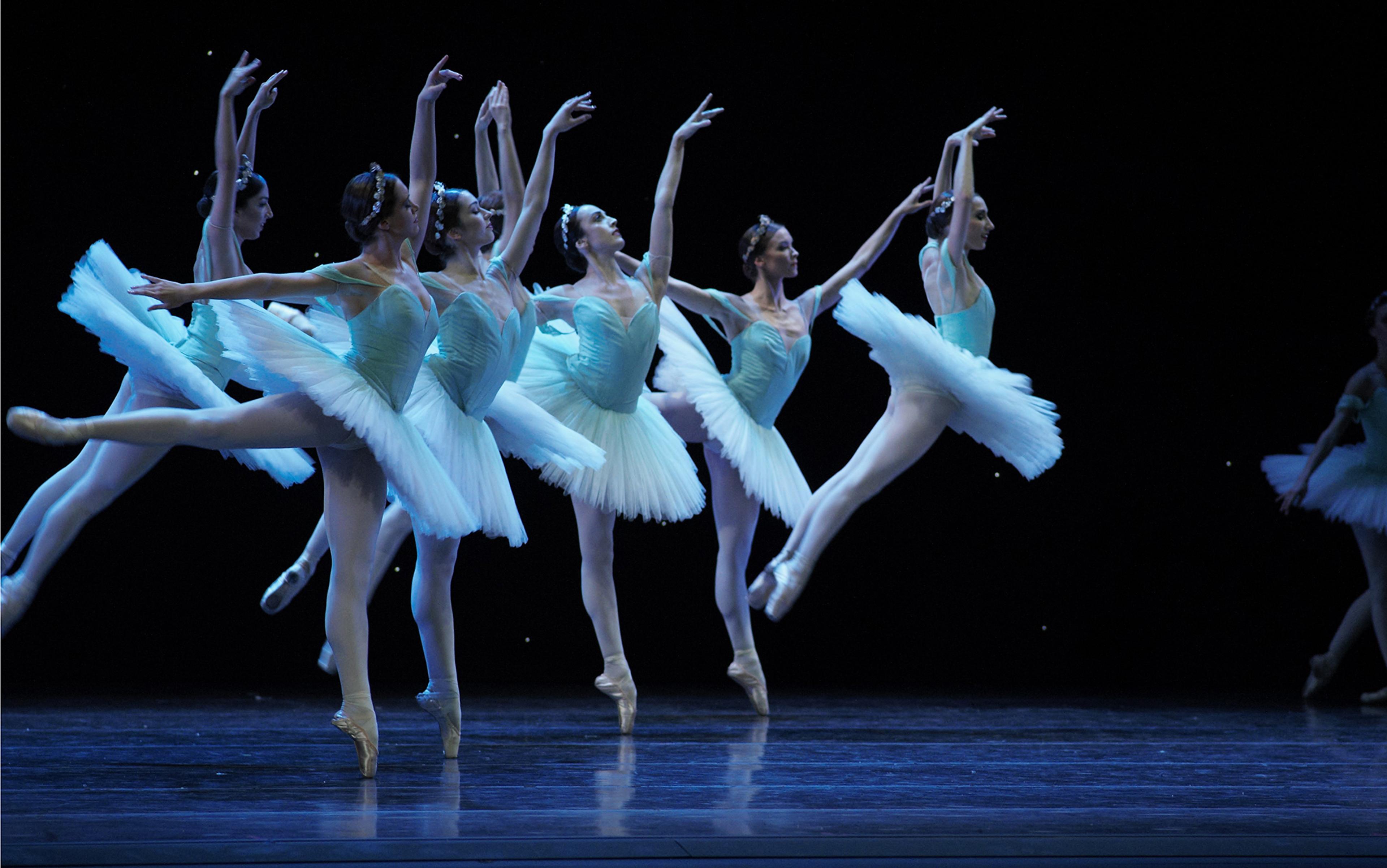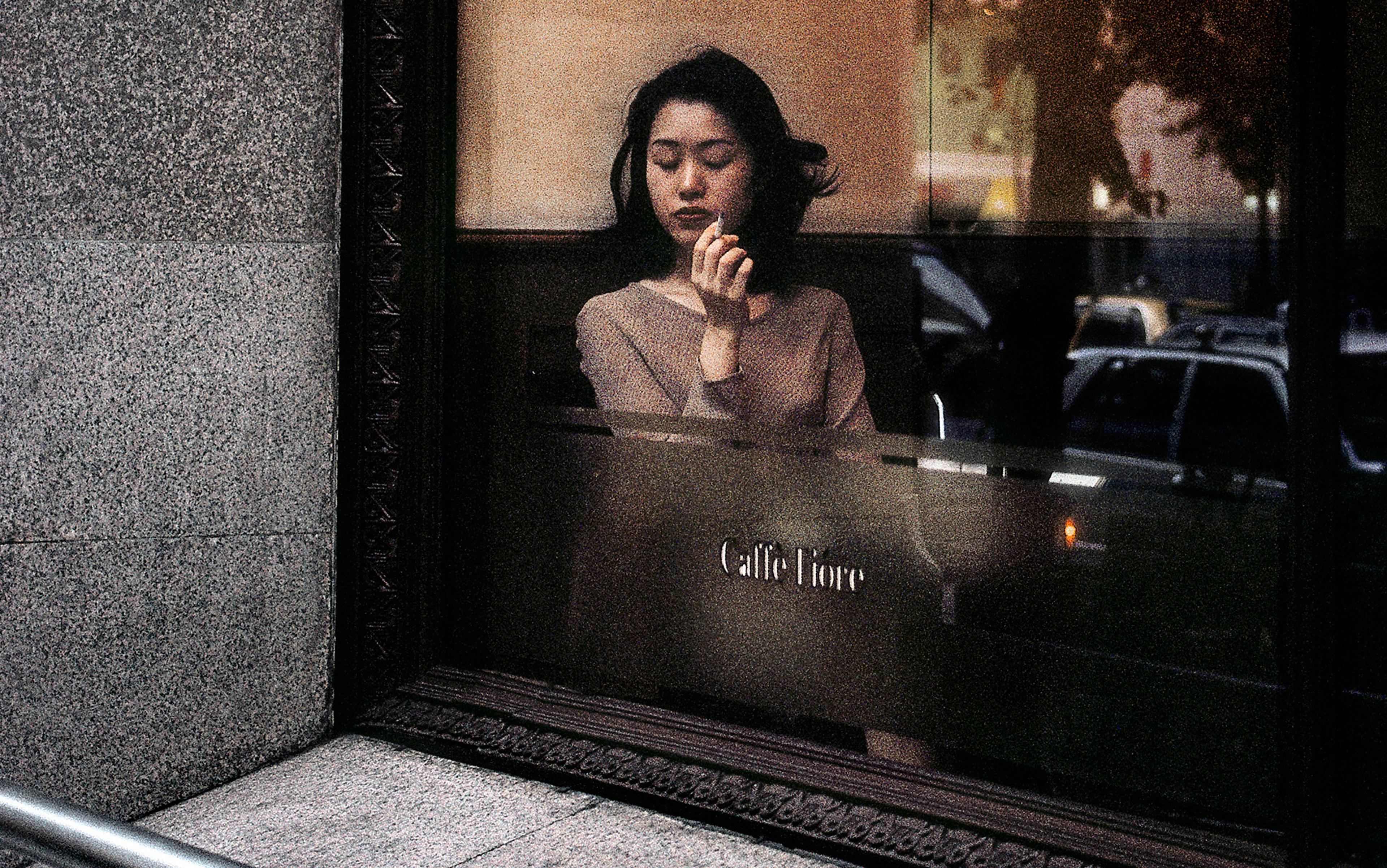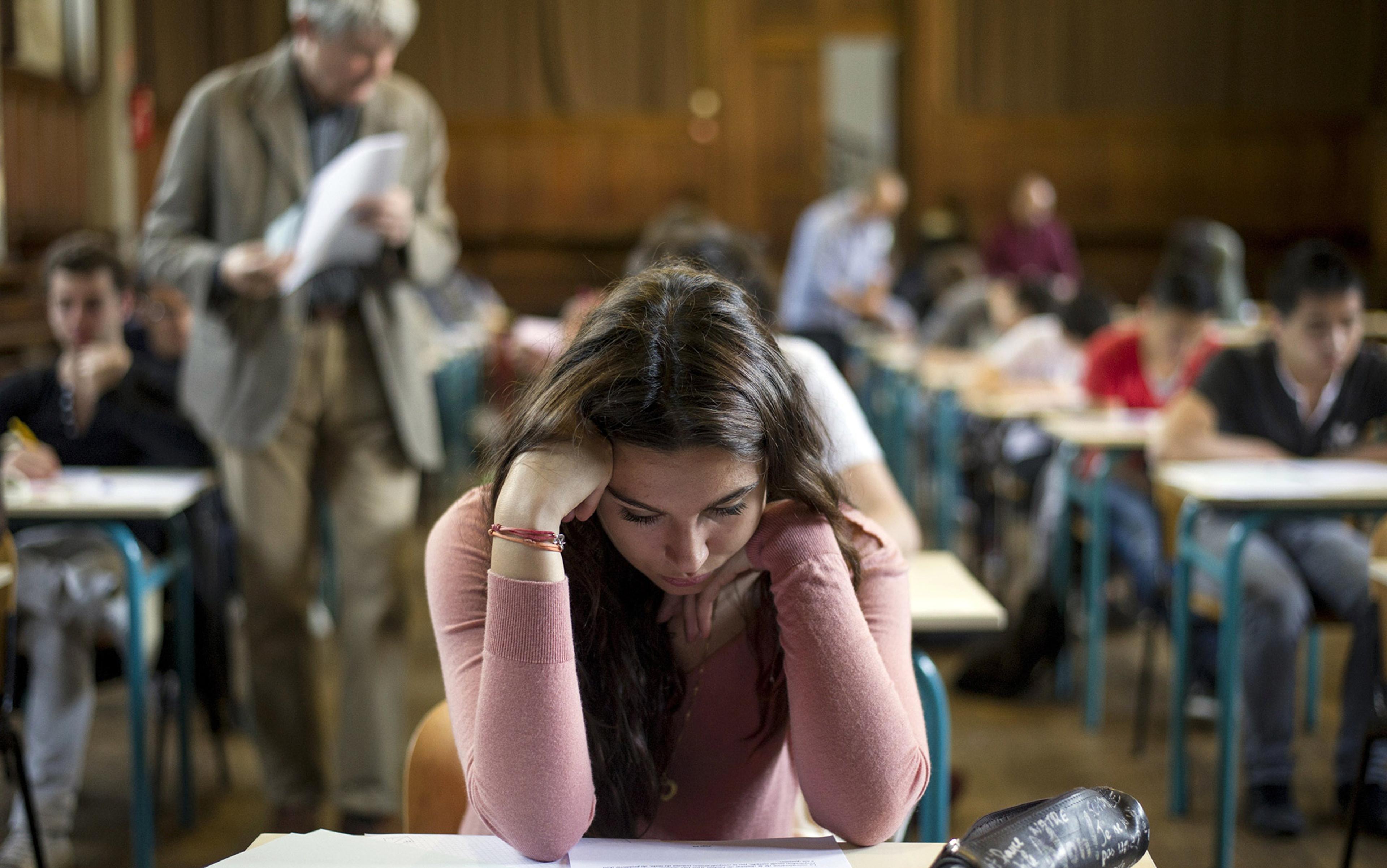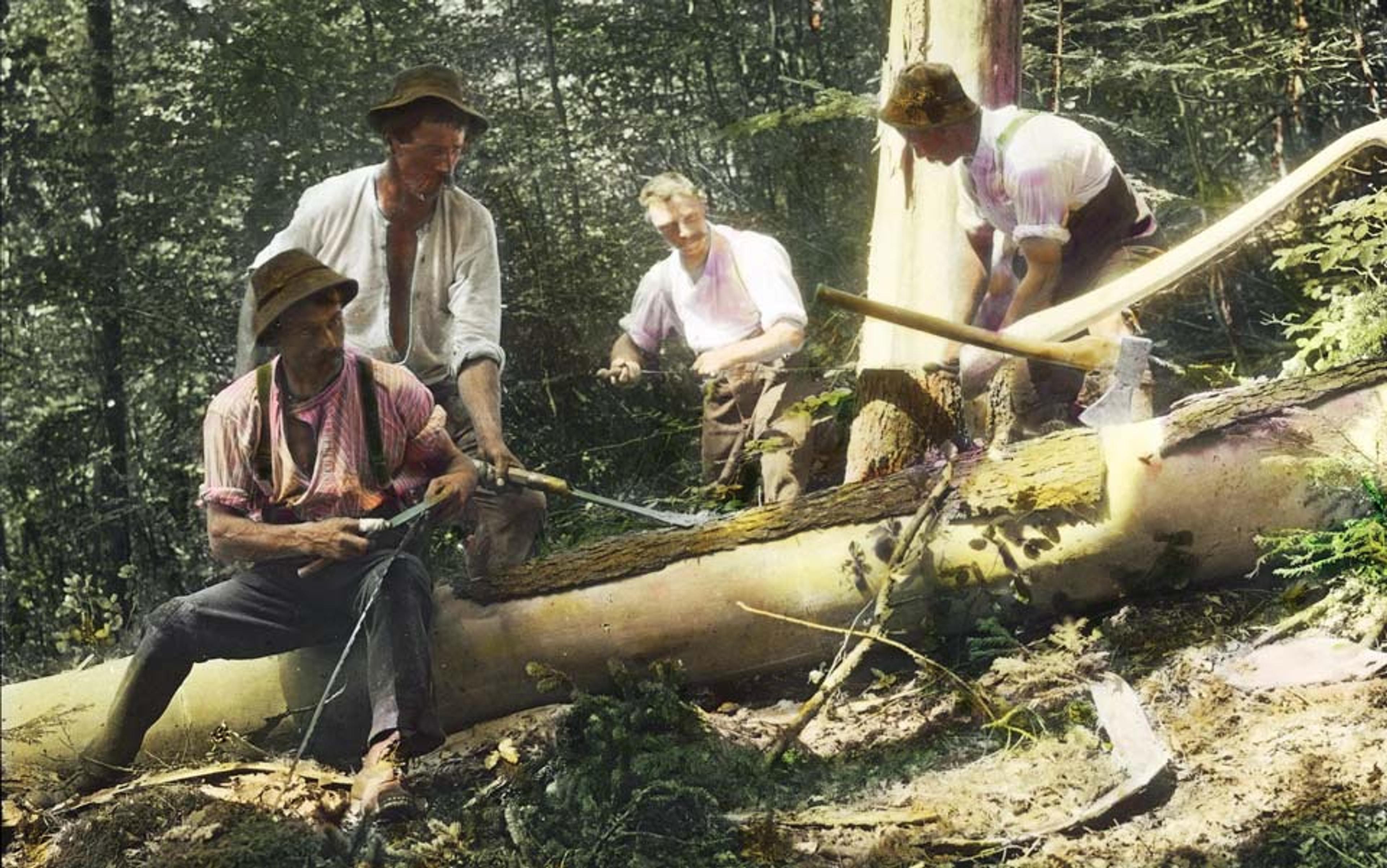Yuki Kawauchi is a remarkable athlete. The winner of the 2018 Boston marathon – known in Japan as the ‘citizen runner’ – worked full-time at a school until April this year, when he finally went professional. Despite these commitments, Kawauchi runs 125km (nearly 78 miles) a week, and has kept a prodigious racing calendar. He holds the records for the most marathons run faster than 2.20 and 2.11 (though he runs so often and so fast that the number of marathons run under these times is constantly changing). And in January, he ran solo against more than 100 teams at the Yashio Shinai Isshu Ekiden relays, winning the race overall and falling just a few seconds short of the course record. Incidentally, he also holds the unofficial world record for the fastest half-marathon run in a three-piece suit (1:06:42).
Adding to the mystique, Kawauchi is a loner: a rarity in endurance running. He has no training group or coach, and he sets his own training plans. Like many amateur runners who pick up the sport later in life, he is a self-coached runner.
What explains Kawauchi’s ability to perform consistently at such a high level? It is tempting to look for biological causes: perhaps in his unusually high VO2 max (his maximal oxygen uptake), or a ‘recovery’ gene (which might decrease his potential for injury), or his training history (he was coached in endurance running by his family from a very young age). These explanations surely tell part of the story, but Masaaki Sugita, the chief scientist at Japan’s athletics federation, suggests that at least part of the explanation is mental: ‘He’s a clever runner … he thinks for himself.’
My goal is to argue that Sugita’s comment expresses an important truth about the role of thinking in practical skill. To understand Kawauchi’s genius, we need to think of him not as a racehorse, but as an intellectual. And to understand him as an intellectual, we need to understand the nature of self-coaching.
Let’s start from the diametrically opposed view: the view that thought is the enemy of skill, which the philosopher Barbara Gail Montero at the City University of New York aptly calls the ‘just do it’ view. According to the just-do-it view, skilled action at its best is associated with ‘flow’ experiences that leave no space for thought; when we start thinking about what we are doing, skill breaks down in distinctive ways.
It is easy to think ourselves into the just-do-it view. Athletes are often extraordinarily bad at explaining their own successes. After winning the US Women’s Amateur Golf Championship in 2006, Kimberly Kim was asked about how she motivated herself to perform at such a high level. She answered:
I have no idea. I guess it was like God playing for me. I don’t know how I did it. Thinking back, I don’t know how I did it. I just hit the ball and it went good.
Reports of this phenomenon – which the cognitive scientists Sian Beilock and Thomas Carr in 2001 called expertise-induced amnesia – are widespread. So often, athletes, artists and musicians are fluid in their field of practice but inarticulate in interviews.
There is also experimental evidence that certain kinds of thinking can undermine performance: a study from 2018 found that asking runners on a treadmill to focus on their form or breathing lead them to burn more oxygen, and be less efficient.
They are suffused with the Daoist ideal of wu-wei that sees effortlessness as the epitome of human action
Descriptions of skilled action at its best often contain the seeds of the just-do-it theory. Here’s the Canadian philosopher Charles Taylor’s description of the phenomenology of walking:
As I navigate my way along the path up the hill, my mind totally absorbed anticipating the difficult conversation I’m going to have at my destination, I treat the different features of the terrain as obstacles, supports, openings, invitations to tread more warily or run freely, and so on. Even when I’m not thinking of them, these things have those relevances for me; I know my way about among them.
We find a similar description in the ancient Chinese text the Zhuangzi. Butcher Ding describes his skill in terms that wouldn’t be out of place in a Nike advert:
What your servant values is the Way which goes beyond technique. When I first began cutting up oxen, I did not see anything but oxen. Three years later, I couldn’t see the whole ox. And now, I encounter them with spirit and don’t look with my eyes. Sensible knowledge stops and spiritual desires proceed. I rely on the Heavenly patterns, strike in the big gaps, am guided by the large fissures, and follow what is inherently so.
In both passages, skilled action is described as an immediate response to the openings and invitations of the situation. Skilful responses do not flow from deliberate intentions. The people in these examples barely seem to act. Even perception is dampened: Butcher Ding does not see the oxen, and Taylor’s legs (not his eyes) respond to the relevance of the supports, openings and invitations of the trail in front of him. These descriptions are suffused with the Daoist ideal of wu-wei – non-action, or non-trying – that sees effortlessness as the epitome of human action.
To develop an alternative to the just-do-it account, I want to turn to the English philosopher Gilbert Ryle. In The Concept of Mind (1949), Ryle distinguished between two kinds of knowledge: knowledge-how and knowledge-that. Knowledge-that is the kind of knowledge we refer to when we talk about someone knowing that something is the case, or whether it is the case; this has been the primary focus of philosophical concern for quite some time. Knowledge-how is the kind of knowledge we refer to when we talk about someone knowing how to do something, or being skilled at doing something.
Ryle’s interest in knowledge-how stems from his wider attack on the dualist picture of mind that he traces back to René Descartes in the 17th century. His dualist opponent offers a picture of mental states as non-physical internal states that are logically independent of bodily states. Ryle argues that this picture renders the mind mysterious – branding it the myth of the ghost in the machine – and in response develops dispositional accounts of various mental states and activities.
When applied to knowledge-how, the Cartesian view of the mind yields what Ryle calls intellectualism. Intellectualism tries to explain the intelligence of skilful actions in terms of inner acts of contemplation. According to this view, when a middle-distance runner kicks at the right time in order to out-sprint her competitors, it must be because she considered relevant facts about the right time to kick before kicking. For the intellectualist, any piece of knowledge-how can be reduced to a bundle of knowledge-that.
Given his wider project and his attack on intellectualism, we might expect Ryle to have been a proponent of the just-do-it view. In fact, he is the exact opposite. Ryle thinks that thought is central to skill, because he opposes the intellectualist’s picture of skill, but also her picture of what thought is. On Ryle’s view, thought cannot be understood as inner speech or contemplation; it is a distinctive learning-oriented engagement with the world.
When he introduces the concept of knowledge-that, Ryle takes the connection between thinking and intelligent action for granted. He claims that ordinary language supports the idea that:
[A]n action exhibits intelligence, if, and only if, the agent is thinking what he is doing while he is doing it, and thinking what he is doing in such a manner that he would not do the action so well if he were not thinking what he is doing.
Not only that, Ryle repeatedly mentions the idea of the intelligent person ‘thinking what he is doing’. In a review of Ryle’s posthumous collection On Thinking (1979), the philosopher of language Zeno Vendler berated him for overusing the phrase, branding it as a ‘petrified idiom’ with no traction in ordinary language.
The walker is both walking and teaching himself how to walk at the same time
For Ryle, thinking is something that we do in our actions. We can get a grip on this idea by considering one of Ryle’s descriptions of skilful action:
A mountaineer walking over ice-covered rocks in a high wind in the dark does not move his limbs by blind habit; he thinks what he is doing, he is ready for emergencies, he economises in effort, he makes tests and experiments; in short he walks with some degree of skill and judgment. If he makes a mistake, he is inclined not to repeat it, and if he finds a new trick effective he is inclined to continue to use it and to improve on it. He is concomitantly walking and teaching himself how to walk in conditions of this sort.
When contrasted with the passages from Taylor and the Zhuangzi above, Ryle’s description is striking. The mountaineer’s actions are suffused with mental description. Each action is an experiment, with the results closely monitored and feeding into future actions. The mountaineer tries out different ways to negotiate the environment and exercises his judgment, all the time being aware of his movements: alert to the possibility of slipping or losing his balance. His actions are both deliberate and deliberative.
To understand Ryle’s view of skill, we need to focus on the last sentence of this passage, which claims that the walker is both walking and teaching himself how to walk at the same time. For Ryle, the walker’s action is intelligent not because it involves putting knowledge into action, but because it is a distinctive kind of learning in action. In later work, Ryle calls this activity self-teaching, and gives it a central role in his account of skill. He makes two distinctive claims: that self-teaching is a general feature of skill, and that self-teaching is a kind of thinking.
The importance of self-teaching to skill arises because of the complexity of skilled action. Every practical situation has some amount of novelty, and in order to succeed we need to take these contingencies into account. It’s easiest to get a grip on this idea by thinking about special cases of innovation – solos in jazz, lightning-fast Twitter jokes, concocting a good meal from convenience-shop ingredients – but the kind of novelty that Ryle is interested in is extremely general. When I take my habitual walk to the office every day, I might walk the same streets, but I am confronted with different tasks: puddles to avoid, people to get around, different gaps in the traffic. In order to respond properly to these everyday demands, we need to vary our performances, working out how to deal with each situation as it unfolds before us.
Self-teaching is an unusual kind of teaching. We are used to thinking about teaching on the so-called banking model, first described by the Brazilian educator Paulo Freire in Pedagogy of the Oppressed (1968). On this model, teaching is transactional: the teacher makes a deposit, and the student gets a credit in her account. The banking model rules out self-teaching: if you make a deposit into your own account, you wouldn’t end up with more money. By contrast, Ryle thinks of self-teaching as a kind of creative problem solving, involving the application of general problem-solving techniques.
To get a grip on this idea, think about logic puzzles. With simple puzzles, it will sometimes be possible to just ‘see’ the solution, but with more complicated puzzles, getting there requires some creativity: applying general puzzle-solving techniques, breaking down the puzzle into chunks, and working out simpler versions of the puzzle. With logic puzzles, it would be extremely natural to think about the solver as self-teaching by thinking her way through. Ryle’s view is based on an analogy between this kind of problem solving and practical improvisation. Given that it is natural to think about self-teaching in relation to logic puzzles as a kind of thinking, and that we find the same kind of problem solving in practical skills, we should also think about skilled agents as people who think about what they are doing.
We can think about Ryle’s view as a middle way between the just-do-it view and intellectualism. Intellectualism claims that skilled action requires thought, and gives a picture of thought as deliberate, conscious internal activity. The just-do-it view observes that it is not plausible that skill requires this kind of conscious thinking, and concludes that thought is the enemy of skill. Ryle agrees with the just-do-it view that conscious thought is not a requirement of skill, but offers an alternative view of thinking as engaged problem solving, claiming that this kind of thought is a requirement of skilled action.
With Ryle’s view in mind, let’s think about how putting self-teaching at the centre of skill affects how we think about practising and learning a skill. Focusing on specific examples will give us more material to think with, so let’s return to endurance running to think through the different ways that self-teaching shows up in skilled action.
Endurance runners are meticulous planners, running to carefully constructed training plans. Constructing a plan requires both knowledge of physiology and experience of a range of possible failures. The work of constructing such a schedule is typically outsourced to a coach or a website, so this might seem like a strange place to look for self-teaching. Although training can seem like the epitome of mindlessness – blindly following a plan, and trusting that the results will come in the long term – there is a good deal of complexity involved. Niggles, illness and injury all require shifting a training schedule: postponing or cancelling a session, taking some easier runs or restarting a plan after injury. A coach might take adjustments out of an athlete’s hands, but an athlete still has to put in the work to distinguish real problems from passing niggles.
Kawauchi’s training plan is a nice example of how creative training plans can be. His plan has some strikingly unusual features: multiple marathon-distance runs a week, ultra-long slow runs of up to 60 miles, and frequent marathon and half-marathon ‘training’ races. For any other runner, this would be a recipe for burnout and injury, but Kawauchi seems to thrive on this punishing schedule, consistently running miraculously quick times. Through years of experience, he has taught himself how to train, given his physical quirks and unusual work situation.
A second place where self-teaching becomes important is in race strategy. In contrast to the Zen-like bliss that we sometimes see in popular depictions of racing, my own experience has been that properly committing to a race is as exhausting mentally as it is physically.
Think of a dancer attending to a hand movement, a climber focusing on the position of her hips
As the philosopher Paul Faulkner at the University of Sheffield points out, the sheer difficulty of maintaining the pace of a personal-best effort means that, to run for time successfully, one must carefully mete out effort. Widely held to be the fastest way to race, even pacing breaks down into three challenges: holding back in the early stages of a race when one’s legs are fresh and the pace feels easy, digging in when one is tired and the pace feels impossible, and knowing when to switch from holding back to digging in. In each race these problems come up again in slightly different ways, depending on a huge range of factors: how well training has gone, weather conditions, and even how well one has slept. Because each race is different, runners need to think hard on their feet (literally) to work out how to run to the best of their ability. From the perspective of Ryle’s view of skill, in every race a runner is teaching herself how to run that race on the fly.
Finally, I think that there is a good case to be made that thinking about movement can be a kind of self-teaching. In her book Thought in Action (2016), Montero argues that skilled agents commit to a process of continuous improvement, which spans both practice and performance. Drawing on the work of the Swedish psychologist K Anders Ericsson, and a wealth of testimonial evidence from expert practitioners, she claims that the process of deliberate practice is essential both to practice and to performance. Deliberate practice is intensely thoughtful: it involves not just repeating movements, but intensely focusing on one aspect of performance to perfect it. Think of a dancer attending to a hand movement, a climber focusing on the position of her hips, a musician mastering the fingering in a difficult passage. Montero argues that this intense focus is not confined to the practice room: skilled performance also relies on deliberate movement.
Running coaches often talk about focusing on form, both in training and in racing, and I take this focus to express a related idea about the importance of thinking about movement. It is hard to give an adequate description of good running form in words. It’s got something to do with being up on your toes, the feeling of your thighs holding you up, and a smooth push-through each time a foot pushes off. But it’s more a feeling of the body working in a particular way than something we can easily summarise in words. The inadequacy of the description in the previous sentence suggests to me that, when one focuses on form, one is learning a demonstrative concept: a first-personal understanding of what good form feels like. In Frank Jackson’s so-called ‘Mary’s Room’ thought experiment, Mary cannot learn what red looks like until she has left her black-and-white room; likewise, you can’t learn what good form feels like until you have run with good form. Unlike the experience of seeing red – which you either have or don’t have – the experience of good form comes in degrees.
Having a first-personal grip of perfect form is probably unattainable, but it is possible to get a better grip on the concept. This means that, when we think about form, we are self-teaching; trying to gain the elusive but ultimately unattainable concept of good form that, once achieved and felt, can be recognised and sought after again with a greater likelihood of success. This asymptotic character of good form means that a runner’s whole practice can become a life-long process of self-teaching aimed at a kind of movement that is always – tantalisingly – just out of reach.
